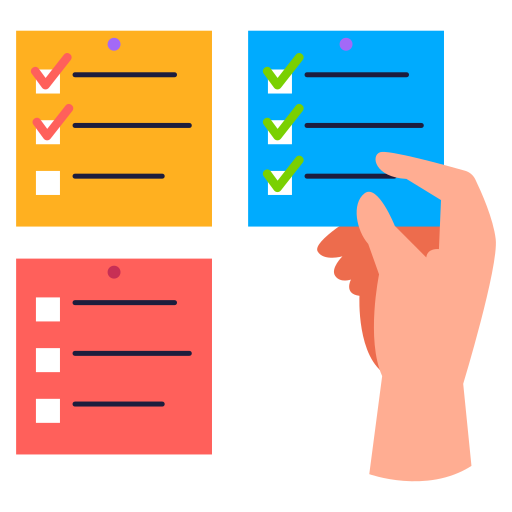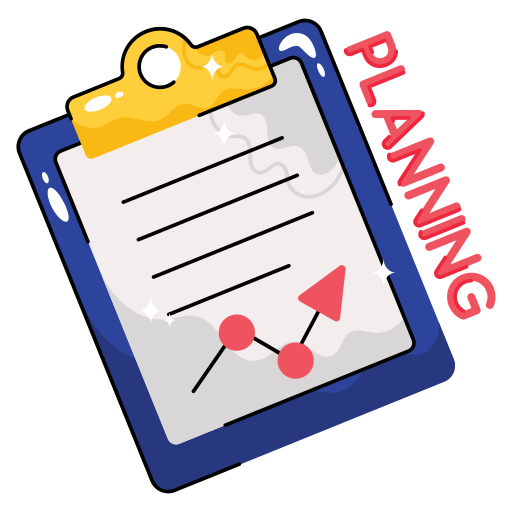
Agility:

1. Take ownership of the project
| Action | Activities | Comment |
|---|---|---|
| Retrieve the Pre-Sales Folder |
|
The Pre-Sales team will ensure the proper consolidation of useful information and documents. The Bid Manager can be called upon for these purposes. |
| Understand the context |
Through discussions with the Pre-Sales team:
|
A point of alignment should be organized between the pre-sales and project teams as soon as possible after the customer’s decision: any hot information, even subjective, can be of great help. |
| Appropriating contractual documents |
|
The contract must be signed before the actual start of the project. Otherwise, (LOI or formal derogation), the project manager must contact the sales manager to secure the start-up. If the required documentation (e.g., AQP or SAP) is not available, production must be scheduled without delay. |
| Involve the Legal |
|
|
| Analyzes RetEx from similar projects |
Through exchanges with the other project teams (MD, DP and CP):
Search for similar projects in the database or archive. |
2. Create the project in the tracking tool adopted by the company

| Action | Activities | Comment |
|---|---|---|
| Request project creation in the tracker | Contact the Project Director or Authorized Signatory Manager | All information must be duly filled in. |
| Check and allocate the budget |
|
The distribution between the Business Units can be fixed or prorated. |
| Giving employees the rights | Ensure that all members of the project team have the necessary rights in the tool | Inform the project team and remind them of good practices. |
3. Create Document Sharing

| Action | Activities | Comment |
|---|---|---|
| Create document directories |
|
Inform the project team and communicate best practices. |
4. Set up project tools

| Action | Activities | Comment |
|---|---|---|
| Define the tools used for the project |
Depending on the project under consideration:
|
Jira, Azure DevOps, etc. |
| Initialize the project in the management tool |
|
Refer to the charges and profiles sold under the Pre-Sales to fill in the management tool ( Azure DevOps, etc.). |
| Set up the ticketing tool |
|
We will favor the JIRA ticketing tool , and its EazyBI module for monitoring. If the ticketing tool is the customer’s, dashboards must still be set up (this is a prerequisite). |
| Configure the testing tool |
|
The tool used depends on the project context. A client tool may be preferred. |
| Create technical environments |
|
Check with the DevOps init. |
| Define the document repository | Define the document repository used for the documentation of the project (steering, functional, technical) | SharePoint and/or Confluence tools. |
| Define communication channels |
|
e.g: Teams, Skype, Google Meet. Take into consideration the need for traceability and archiving of exchanges. |
5. Organize and plan the project

| Action | Activities | Comment |
|---|---|---|
| Revision of requirements |
|
The scope of the requirements must not be modified at a later date without an analysis of the impacts: technical, budgetary, etc. |
| Identify staffing needs |
|
In the context of large projects, remember to identify a configuration management manager and plan his interventions. |
| Initialize the workload plan |
|
The workload plan is a strictly internal document, which must be updated throughout the project. |
| Managing remote work | Define the number of days of teleworking per site, as well as the rituals requiring the presence of on-site teams. Adapt the pace for newcomers. Set up a schedule and a tool for supervising telework | At least 1 day per week when the entire team is present in situ. |
| Identify resources | Depending on the intervention schedule and the skills required, identify the resources to be allocated to the project by contacting the resource managers of the BUs involved | Depending on the resources available, the cost plan can be updated as well as the budget and margins. |
| Training |
|
The training courses are ideally anticipated and estimated in the Pre-Sales phase. |
| Hardware and/or software resources |
|
Validate with IT the exact needs in terms of machines (or VMs), specifying the expectations on the operating system and the characteristics of the machine – allow at least 3 weeks. |
| Telecommuting conditions | Ensure that the conditions are met to allow the teleworking of the members of the project team: sufficient Internet connection, alternative means of communication, dedicated environment, camera and microphone, etc. | |
| Products & Licenses |
|
6. Track risks

| Action | Activities | Comment |
|---|---|---|
| Review AVV Risks |
|
|
| Review the AVV action plan | Review the preventive and/or corrective actions identified in Pre-Sales, and identify any new actions | For each action, report the provision for risk and enter it in the expense tracking tool |
| Plan for risk monitoring | Plan instances of risk reviews and action plans | Align yourself with the project governance bodies (Project County, Steering Committee, etc.) |
| Postponing telecommuting risks | Initialize the identified risks, revise them in the tool |
7. Review workloads and planning
| Action | Activities | Comment |
|---|---|---|
| Formalize the list of deliverables | Fill in the deliverable tracker | SharePoint, Confluence, GitLab, etc. |
| Review the Pre-Sales Estimate and Validate it | Taking into account the allocated resources, the revised list of deliverables, the planned trainings and the identified risk provisions, revise the budget estimate produced in Pre-Sales and the associated target margin | In the case of deviations impacting project objectives (margin, milestones, scope, etc.), define an action plan or validate new objectives with management. |
| Review the schedule |
|
The various stakeholders (suppliers, customers, service providers, etc.) are consulted for the revision of the schedule. |
| Update the workload plan | Depending on the project schedule, update the project workload plan | |
| Feed the load monitoring tool |
|
Load Tracking Tool |
| Initialize Tracking Tools |
8. Prepare for kick-offs

| Action | Activities | Comment |
|---|---|---|
| Customer Kick-off | The objective of this kick-off meeting is to validate with the client the project as a whole and the organization set up for this project | |
| Complete the Quality Assurance Plan | If necessary, update the QAP to reflect new elements, to be as close as possible to a final version | Ideally, the QAP should be shareable with the client along with the kick-off meeting minutes |
| Internal kick-off | The objective of this meeting is to present to the whole team the project as a whole and the organization set up for this project |






0 Comments